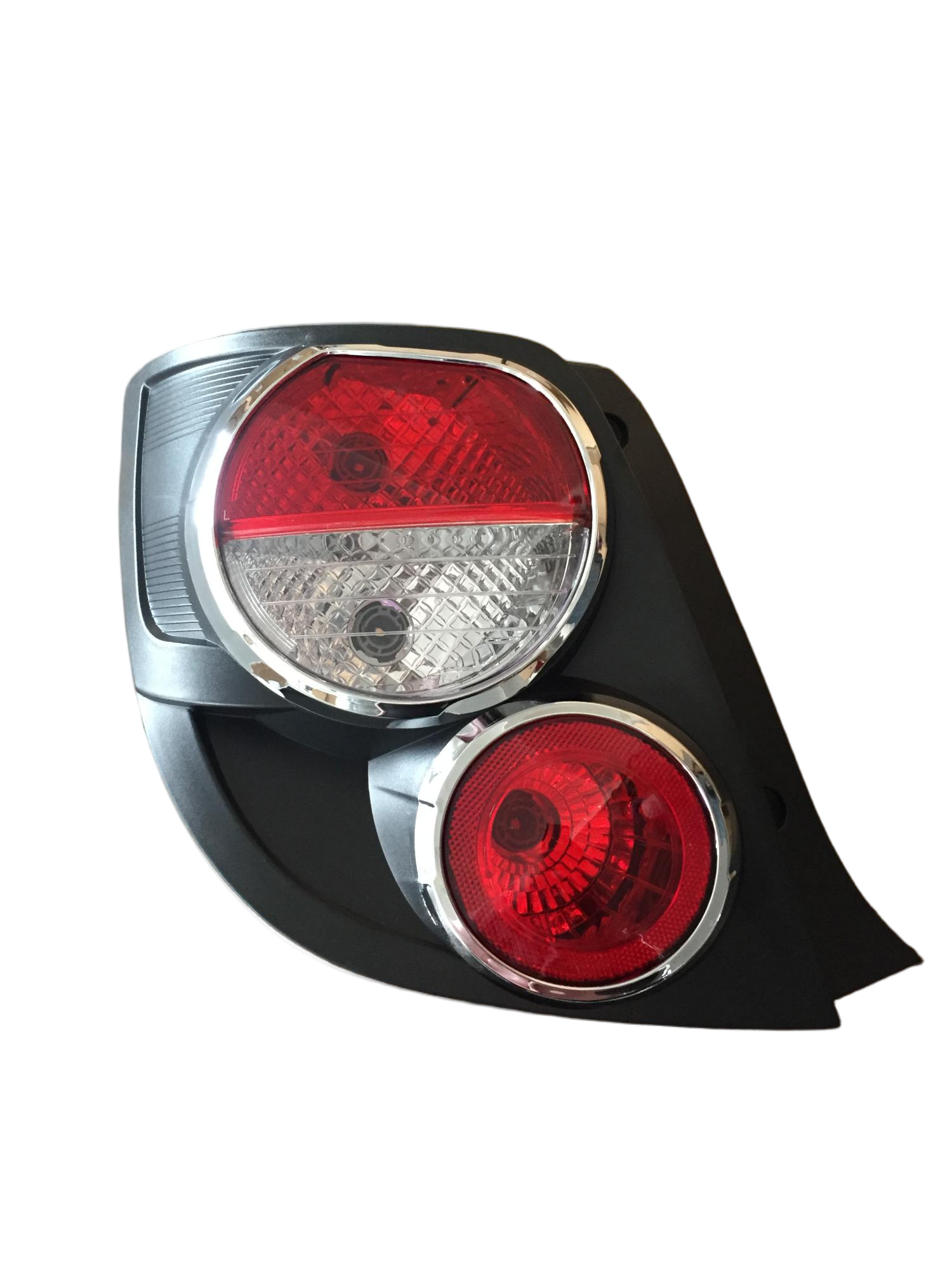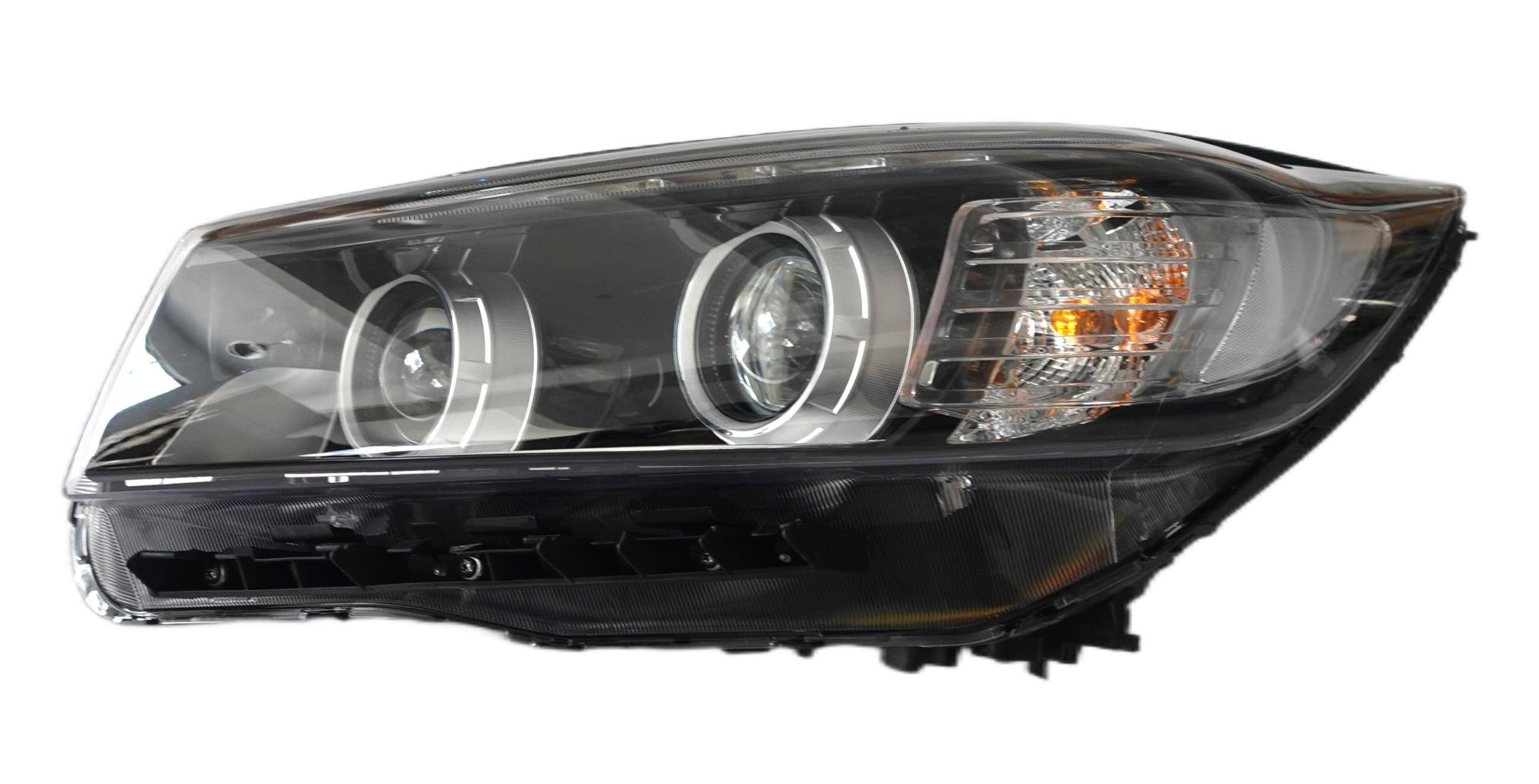프리미엄 오프로드 안개등 선택을 위한 궁극의 가이드
일몰 후 또는 악천후에서 험난한 지형을 주행할 때 올바른 안개등 는 성공적인 오프로드 모험과 위험한 상황 사이의 차이를 만들 수 있습니다. 오프로드 안개등은 어둠, 먼지, 악천후를 뚫고 길을 비추는 중요한 가시성 파트너 역할을 합니다. 산악 지대를 주행하든 사막 폭풍 속을 항해하든 오프로드 차량에 최적의 안개등을 선택하는 방법을 이해하는 것은 안전과 성능 모두에 있어 필수적입니다.
오프로드 용도로 사용되는 현대식 안개등은 크게 발전하여 고성능 LED 기술, 정교한 빔 패턴 및 극한의 환경에서도 견딜 수 있는 견고한 구조를 채택하고 있습니다. 본 포괄적인 가이드에서는 오프로드 안개등을 선택하고 설치하며 그 성능을 최대한으로 활용하는 데 필요한 모든 정보를 다룰 것입니다.
고성능 오프로드 안개등의 핵심 기능
첨단 조명 기술 및 빔 패턴
최신 프리미엄 오프로드 안개등은 최첨단 LED 기술을 활용하여 우수한 조명 성능을 제공하면서도 소비 전력은 최소화합니다. 이러한 고급 시스템은 안개, 먼지, 강수 속에서도 효과적으로 빛을 투과시키는 넓고 낮게 장착된 빔을 생성합니다. 가장 효과적인 안개등은 빔 패턴 상단에서 날카로운 컷오프를 만들어 내는 특수 리플렉터 설계를 통해 공중에 떠 있는 수분에 빛이 반사되어 발생하는 눈부심을 방지합니다.
현대식 LED 안개등은 일반적으로 3000K에서 6000K까지 다양한 색온도 옵션을 제공합니다. 3000K~4000K 정도의 낮은 색온도는 안개가 많거나 먼지가 많은 환경에서 탁월한 성능을 발휘하는 따뜻하고 노란빛을 내며, 반면에 높은 색온도는 맑은 조건에서 더 나은 대비를 제공합니다.
내구성 및 기상 저항
오프로드 환경에서는 안개등에 특별한 내구성이 요구됩니다. 프리미엄 제품들은 다이캐스트 알루미늄 또는 고강도 폴리카보네이트와 같은 견고한 하우징 소재를 사용하며, 최적의 성능을 유지하기 위한 첨단 냉각 시스템을 갖추고 있습니다. 먼지와 물 침수로부터 완전한 보호를 보장하는 IP67 또는 IP68 등급의 안개등을 선택하세요.
최고의 오프로드용 안개등은 지속적인 진동과 바위, 나뭇가지 및 기타 트레일 위험 요소로부터 견딜 수 있도록 충격 방지 마운팅 시스템과 강화 브라켓을 채택하고 있습니다. 일부 제조업체는 사용하지 않을 때를 위해 보호 커버를 함께 제공하여 제품 수명을 크게 연장시켜 줍니다.
설치 방법 및 설치 시 고려사항
최대 효과를 위한 전략적 위치 선정
오프로드 주행 시 안개등의 장착 위치는 성능에 큰 영향을 미칩니다. 최적의 위치는 일반적으로 차량의 전면 범퍼 아래 또는 바로 위와 같이 낮은 부분입니다. 이러한 낮은 장착 높이는 조사광이 안개층 아래로 유지되도록 도와주며, 운전자의 눈으로 되돌아오는 반사를 줄여줍니다. 장애물로부터 손상받을 가능성이 적은 보호된 위치에 안개등을 설치하는 것을 고려하세요.
최근 많은 현대식 오프로드 차량들은 보조 조명용으로 사전 설계된 장착 포인트를 갖추고 있어 설치가 간편합니다. 그러나 애프터마켓 범퍼나 라이트 바는 종종 추가적인 장착 옵션을 제공하여 보호성과 조명 효율성을 모두 향상시킬 수 있습니다.
배선 및 제어 시스템
안개등의 전문 설치에는 적절한 게이지의 케이블, 방수 커넥터 및 릴레이 시스템을 사용한 정확한 배선이 포함됩니다. 고급 안개등 시스템은 여러 개의 빔 패턴이나 밝기 설정이 가능한 프로그래밍 가능한 컨트롤러를 갖춘 경우도 있습니다. 일부 고급 제품은 원격 제어 및 맞춤 설정을 위한 스마트폰 연결 기능까지 제공합니다.
설치 계획을 수립할 때, 기존 차량 시스템과 안개등을 통합하되 독립적인 제어를 유지하는 방식을 고려해야 합니다. 이러한 구성은 다양한 주행 조건에 유연하게 대응할 수 있을 뿐 아니라, 오프로드 주행 시 다른 차량 조명과 경쟁하지 않고 보완하는 역할을 하도록 보장해 줍니다.

성능 최적화 및 유지보수
정기적인 유지보수 절차
안개등의 최적 성능을 유지하려면 정기적인 유지보수 절차를 수립해야 합니다. 여기에는 렌즈 청소, 장착 부품의 조임 상태 점검, 배선 연결부의 부식 또는 손상 여부 확인이 포함됩니다. 고품질 안개등은 종종 자가 세척 코팅이 적용된 렌즈를 사용하지만, 정기적인 점검과 청소는 여전히 중요합니다.
씰과 개스킷에 특히 주의를 기울여야 하며, 이러한 부품들은 안개등의 방수 성능을 유지하는 데 핵심적입니다. 습기가 침투하여 내부 부식이나 전기적 고장을 유발하는 것을 방지하기 위해 손상된 씰은 즉시 교체해야 합니다.
성능 테스트 및 조정
안개등의 정기적인 점검을 통해 최적의 성능을 유지할 수 있습니다. 특히 험로 주행 후에는 빔 패턴과 정렬 상태를 주기적으로 확인하세요. 고품질의 오프로드용 안개등은 빔 방향과 분산 각도를 미세 조정할 수 있는 조절 장치를 갖추고 있는 경우가 많습니다. 올바른 정렬은 가시성을 극대화할 뿐 아니라 공용 도로에서 사용 시 맞은편 차량 운전자를 눈부시게 하지 않도록 해줍니다.
계절에 따라 다른 조건이 요구될 수 있으므로, 안개등 설정을 계절별로 조정하는 것을 고려해보세요. 일부 애호가들은 다양한 종류의 오프로드 모험에 대비해 여러 가지 안개등 구성 방식을 유지하고 있습니다.
자주 묻는 질문
오프로드용 안개등에는 몇 루멘(lumens)이 필요합니까?
효과적인 오프로드 안개등을 위해서는 각 조명당 1,500~3,000루멘의 밝기를 제공하는 제품을 선택하세요. 그러나 실제 사용 성능에서는 빔 패턴과 색온도 또한 매우 중요한 요소입니다. 특히 안개가 짙은 상황에서는 과도한 밝기가 반사 현상을 유발할 수 있으므로 더 높은 루멘 수치가 항상 더 좋은 것은 아닙니다.
오프로드 안개등에 가장 적합한 색온도는 무엇인가요?
오프로드용 안개등의 경우, 3000K에서 4300K 사이의 색온도(따뜻한 흰색에서 중성 흰색)가 일반적으로 악천후 환경에서 가장 우수한 성능을 발휘합니다. 이러한 따뜻한 색상은 5000K를 초과하는 차가운 색온도보다 안개와 먼지를 더 효과적으로 관통할 수 있습니다.
LED 안개등의 수명은 일반적으로 얼마나 되나요?
제대로 관리된 고품질 LED 안개등은 일반적으로 30,000시간에서 50,000시간 동안 작동할 수 있습니다. 그러나 실제 수명은 사용 빈도, 주변 환경 조건 및 설치 품질과 같은 다양한 요소에 따라 달라질 수 있습니다. 프리미엄 등급의 안개등은 종종 5년 이상의 보증 기간을 제공합니다.
안개등을 하이빔과 함께 사용해야 하나요?
일반적으로 안개등은 안개가 많거나 먼지가 많은 조건에서 과도한 눈부심을 유발하고 시야를 저하시킬 수 있기 때문에 하이빔과 함께 사용해서는 안 됩니다. 안개등은 열악한 상황에서 최적의 성능을 발휘하기 위해 로우빔 또는 독립적으로 사용하도록 설계되었습니다.


